As we stand at the precipice of a transformative era in transportation, understanding electric cars becomes increasingly essential. The future of battery electric vehicles (BEVs) is more than a trend; it represents a paradigm shift towards sustainability, efficiency, and advanced technology. With the ever-growing concerns over climate change and fossil fuel dependency, the automotive landscape is rapidly evolving to embrace electric vehicle trends that promise to reshape our roads, economies, and lifestyles.
Electric cars are not just environmentally friendly alternatives; they are becoming powerful symbols of innovation. The surge in BEV innovations has led to spectacular advancements in range, charging capabilities, and overall driving experience. As manufacturers race to bring cutting-edge technologies to market, consumers are met with an array of options that cater to a diverse set of needs and preferences, thus paving the way for widespread adoption.
From compact city drives to long-distance road trips, the electric car future is bright and full of possibilities. As we delve deeper into electric vehicles, we must explore the various types of EVs that cater to different users, ensuring a seamless transition towards a sustainable transportation infrastructure. Join us as we navigate the intricacies of this electrifying evolution.

What Are Battery Electric Vehicles (BEVs)?
Have they ever wondered what powers those silent, sleek battery electric vehicles (BEVs) are zooming by? Unlike traditional cars, BEVs run solely on electric power. They’re more than vehicles; they symbolize a shift towards a cleaner, greener future.
How Do They Work?
Imagine having a smartphone that never runs out of juice—well, almost! BEVs are like that. They use a large battery to store power, which drives an electric motor. This means no gas, no fumes, and a delightful quiet ride. Plus, they have regenerative braking that captures energy usually lost during stops. How cool is that?
Types of Battery Electric Vehicles
When discussing BEVs, getting lost in the different types is easy. Here’s a quick breakdown:
- Compact BEVs: Perfect for city driving and easy parking.
- Luxury BEVs: High-end features and speed, making a statement.
- Performance BEVs: For the adrenaline junkies who love speed.
The Future of BEVs
The future of BEVs looks bright and exciting! With electric vehicle trends shifting rapidly, we’re seeing incredible BEV innovations. Manufacturers are racing to boost battery range and speed up charging times. Who wouldn’t want to travel longer without worrying about charging?
Let’s face it—sitting in traffic, frantically checking how much charge is left, is stressful. But what if you could charge your car as quickly as your phone? That’s where exciting electric car future innovations come into play!
Why Choose BEVs?
Switching to a BEV isn’t just about saving the planet; it’s about you!
- Lower Running Costs: Save on gas and maintenance!
- Environmental Benefits: Less air pollution equals a healthier planet.
- Latest Tech: Enjoy state-of-the-art features and connectivity.
So, watch for those electric beauties next time you’re on the road. They’re not just cars; they represent hope and progress in sustainable driving. Remember, every time a BEV passes you, it’s a step toward embracing green technology! Who wouldn’t want to be part of that journey?
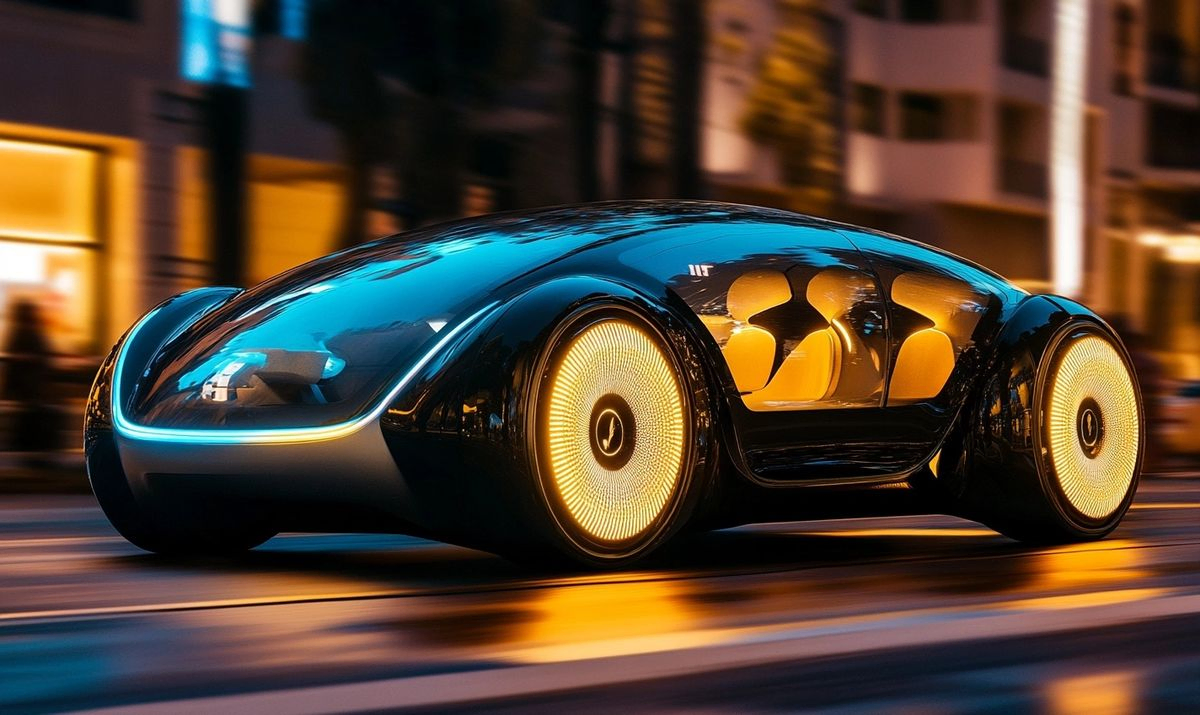
The Rise of Electric Vehicle Trends in 2023
Did you feel that buzz in the air? The electric vehicle trends are taking the automotive world by storm in 2023! As we transition towards greener choices, seeing come is exciting. With battery-exciting electric vehicles (BEVs) becoming more mainstream, it’s clear that we’re on the cusp of something truly revolutionary!
What’s Fueling This Surge?
First, have you noticed how the tech industry is buzzing with innovations? Think about it. The latest BEV innovations are making electric cars more appealing than ever. From longer-range batteries to faster charging options, these advancements make you wonder—why would anyone drive a gas car anymore?
- Increased range: We’re talking about over 300 miles on a single charge!
- Faster charging times: Grab a coffee, and your car is ready!
- Innovative technology: Who doesn’t love talking to their car?
The Shift in Consumer Attitudes
You’ve probably seen friends or family jump ship from traditional vehicles. Doesn’t it feel like a movement? There’s soaring interest in sustainability. Consumers are looking for sleek designs and a way to contribute positively to the planet, and choosing an electric car is akin to wearing your eco-friendly badge of honor!
What’s Next for BEVs?
But wait, what’s on the horizon? The electric car future looks brighter than ever, with numerous automakers racing to unveil their electric offerings. By 2025, many expect half of all new sales to be battery-electric vehicles. Imagine rolling into your neighborhood with a stylish car and being part of a cleaner planet!
- New models come in every year.
- Improved battery tech
- Enhanced integration with renewable energy sources
It’s impossible to ignore the momentum building around electric vehicle trends. The future of BEVs isn’t just a phase; it promises cleaner cities and healthier lives. Can you feel the excitement? As we embrace this shift, we’re genuinely paving the way for an electric tomorrow!
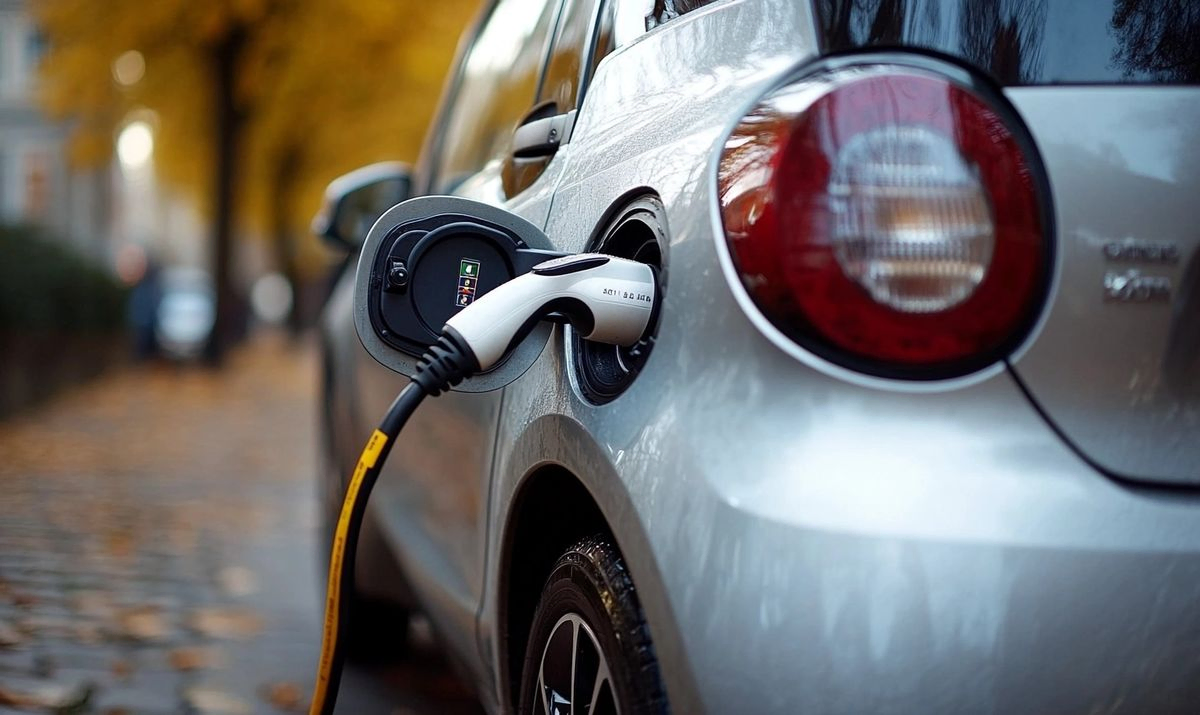
Key Innovations Driving the Future of BEVs
Battery Technology Breakthroughs
Ever wonder what makes battery electric vehicles (BEVs) so exciting? It all starts with battery technology. Imagine powering your car with the latest lithium-silicon batteries. These babies deliver longer ranges and quicker charging times. Isn’t that where we all want to be?
The buzz around solid-state batteries is something to keep an eye on. They’re lighter, safer, and could extend the life of your vehicle. Plus, they promise to enhance the electric car in the future significantly.
Enhanced Charging Solutions
An essential aspect of the electric vehicle trends is charging infrastructure. Picture this: rapid charging stations popping up like coffee shops everywhere you go. Who wouldn’t love charging their car in the time it takes to grab a latte?
- Ultra-fast chargers: Fill up in under 30 minutes!
- Home charging advancements: Overnight charging that’s hassle-free.
- Wireless charging: Imagine just parking your car, and it charges itself!
Smart Technologies
Smart tech is the cherry on top for BEV innovations. Think of your BEV equipped with a virtual co-pilot. What if your car could predict your daily route and optimize battery use? Sounds impressive, right?
With features like over-the-air updates, your vehicle can get smarter over time. Like smartphones, your car evolves, constantly enhancing your driving experience.
Affordability and Accessibility
Another fundamental point is making BEVs more affordable. Reduced battery costs mean lower prices for consumers, and everyone should have the chance to drive an electric car.
- We increased production efficiency.
- Government subsidies to encourage adoption.
- New financing options for buyers.
With this kind of innovation, owning a BEV isn’t just for the elite anymore. It can be your next family car, your eco-friendly ride!
The gear shift is here from incredible BEV innovations turning dreams into reality to practical solutions making adoption feasible. The future of BEVs is bright, and we’re all along for this exhilarating ride!
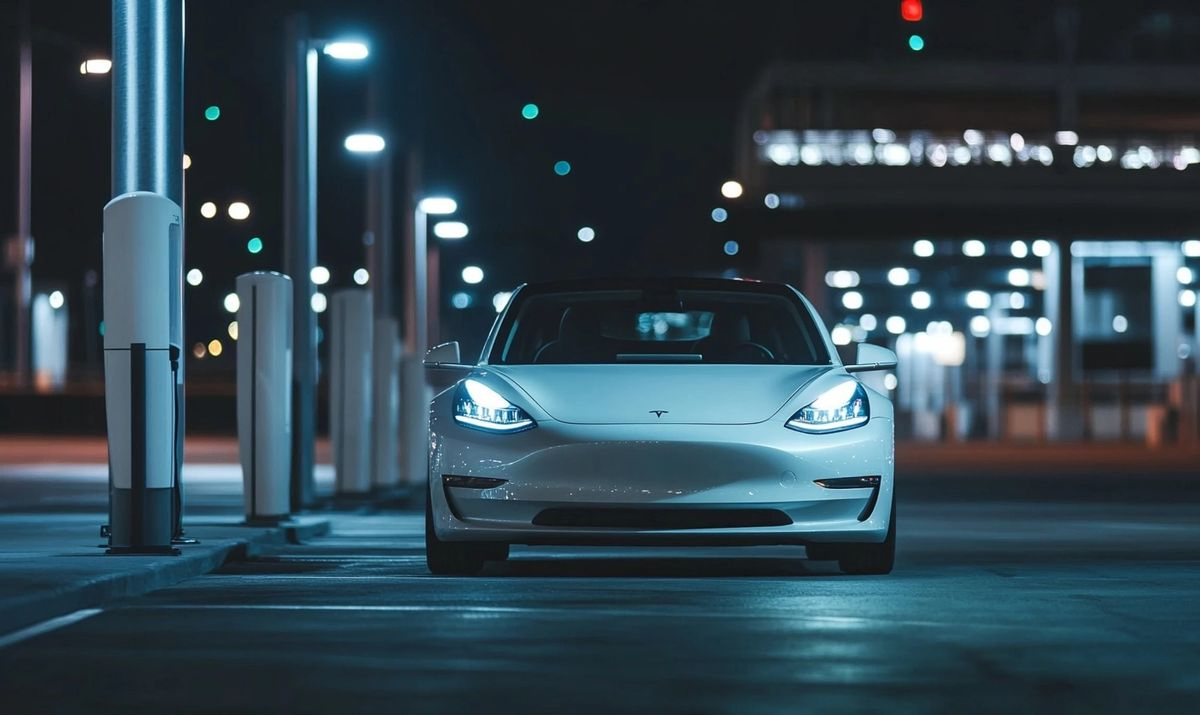
Understanding the Different Types of Electric Vehicles
Types of Electric Vehicles: An Overview
Electric vehicles come in various shapes and sizes. Imagine a world where cars run on sunshine and plug-in power instead of fuel. Sounds dreamy, right? Well, let’s break it down! There are three main types of electric cars: Battery Electric Vehicles (BEVs), Plug-in Hybrid Electric Vehicles (PHEVs), and Hybrid Electric Vehicles (HEVs).
Battery Electric Vehicles (BEVs)
BEVs are the stars of the electric vehicle realm. These beauties run solely on electricity, using a big battery pack to store energy. They’re like smartphones on wheels! Think about it: No gas, no emissions, just a clean ride. Popular models include the Tesla Model 3 and the Nissan Leaf. Why not take a joyride in one?
Plug-in Hybrid Electric Vehicles (PHEVs)
Next up are PHEVs. They combine a gasoline engine with an electric motor. Picture a two-for-one deal! You can plug in to charge the battery, but if you run low, the gasoline engine swoops in to save the day. This flexibility is perfect for those not ready to go fully electric. They offer the best of both worlds.
Hybrid Electric Vehicles (HEVs)
Finally, we have HEVs. These don’t need to be plugged in. Instead, they charge the battery through regenerative braking, much like a wind-up toy that never runs out of energy. The advantage? They provide increased fuel efficiency without the need for an external charging source. It’s all about keeping things simple!
Why Choose Electric?
- No emissions: Less pollution in the air!
- Savings on fuel: Who doesn’t love saving money?
- Tax incentives: Some regions even offer perks!
The Future Beckons
The electric car future looks brighter than ever! With continuous BEV innovations and the hype around electric vehicle trends, it’s clear that battery-electric vehicles are here to stay. As we dive deeper into this exciting realm, we’re not just seeing cars; we’re witnessing a revolution!
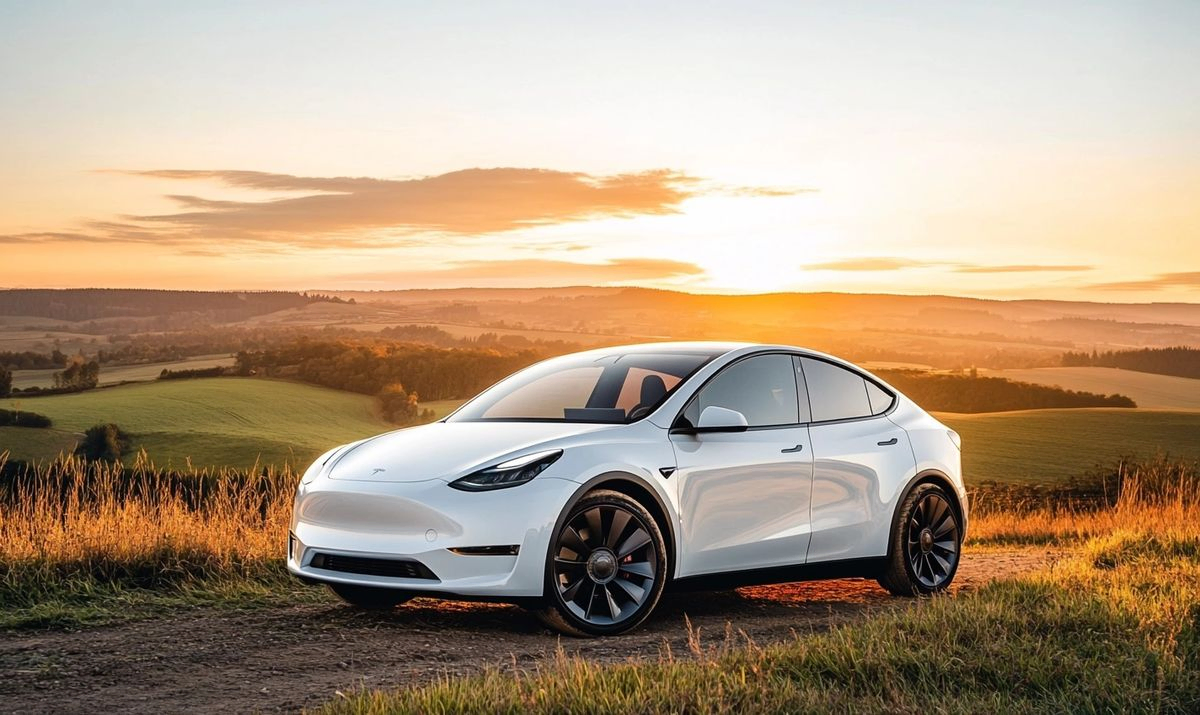
The Role of Charging Infrastructure in Electric Car Future
Imagine driving an electric car, zipping down the road with the wind in your hair. Sounds great, right? But wait! What happens when your battery runs low? That feeling of panic hits, like when you see the last slice of pizza disappearing. It would be best to have a reliable charging station nearby, FAST.
Why Charging Stations Matter
Charging infrastructure is the backbone of the electric car future. Without it, even the best battery-electric vehicles (BEVs) wouldn’t go far. Just like a gas station is vital for gas-powered cars, charging stations are essential for electric vehicles.
Here’s why charging stations play a critical role:
- Convenience: Easy access to charging makes owning an EV more appealing.
- Range Anxiety: Reduces that fear of running out of juice—like knowing you’ll have a bathroom break on a long road trip!
- Encourages Adoption: A robust network of chargers makes people more willing to switch to BEVs.
The Current Landscape
So, where do we stand today? As of 2023, we’re witnessing exciting electric vehicle trends. More cities are installing fast chargers. Think about it: If you can charge your car faster than making a coffee, you’ll jump on the EV bandwagon. Right?
Future Innovations in Charging
But wait, there’s more! The future of BEVs promises even cooler charging innovations. Imagine:
- Solar-Powered Chargers: Clean energy charging points using the sun’s rays!
- Wireless Charging: No need to plug in; park your car and let technology do its thing.
- Intelligent Charging Stations: These stations can adapt to demand, ensuring everyone can get a quick charge when needed.
These innovations aren’t just incredible; they’re game-changers for the electric car future. The more advanced our charging technology, the easier it becomes to embrace electric vehicles.
So, the next time you think about buying an EV, remember that reliable and innovative charging infrastructure will fuel the revolution of battery electric vehicles and set us on the path to a cleaner, greener world.

Environmental Impact of Battery Electric Vehicles
Are BEVs Eco-Friendly?
When you think about electric cars, the first thing that pops into your head might be clean air. Well, that’s the beauty of battery electric vehicles (BEVs). They promise a greener planet by reducing harmful emissions. Imagine trading in that grumpy gas-guzzler for a sleek, quiet EV. Sounds tempting.
Now, here’s where it gets interesting. Despite being all about zero tailpipe emissions, there’s more to the story. The production of those powerful batteries isn’t exactly a walk in the park. Mining for raw materials like lithium and cobalt has an environmental footprint. But wait—it’s not just doom and gloom!
Life Cycle Emissions
Let’s chat about life cycle emissions. This term refers to the total emissions of a vehicle’s manufacturing, use, and disposal. Studies show that while BEVs may require more energy upfront to build, they usually emit fewer greenhouse gases over their lifetime than traditional vehicles. Surprising, right?
- Manufacturing: More emissions initially!
- Usage: Lower emissions while driving.
- Disposal: Battery recycling is evolving.
The Bright Side of Charging
Charging habits also play a role in the future of electric cars. If your home is powered by renewables—boom! You’re dramatically reducing your carbon footprint. It’s like getting a superpower. But if your electricity comes from fossil fuels, the benefits can dwindle. So, what’s the takeaway?
BEV Innovations for a Greener Tomorrow
Sustainable practices are on the rise! New BEV innovations are focused on improving battery efficiency and recycling processes. Picture this: an electric vehicle powered by its waste! Just a bit far-fetched, huh? But it’s not only wishful thinking—many companies are dedicating themselves to a cleaner future.
Let’s look at this in numbers. According to recent reports, the average EV could save around 1.5 million grams of CO2 emissions over its lifetime compared to traditional vehicles. That’s like planting over 20 trees! Wouldn’t that make you feel proud?
So, if you ever wonder about the future of BEVs, remember that a little spark of innovation can lead to a massive shift toward a cleaner environment. Why not hop on this green train? The journey is just getting started!
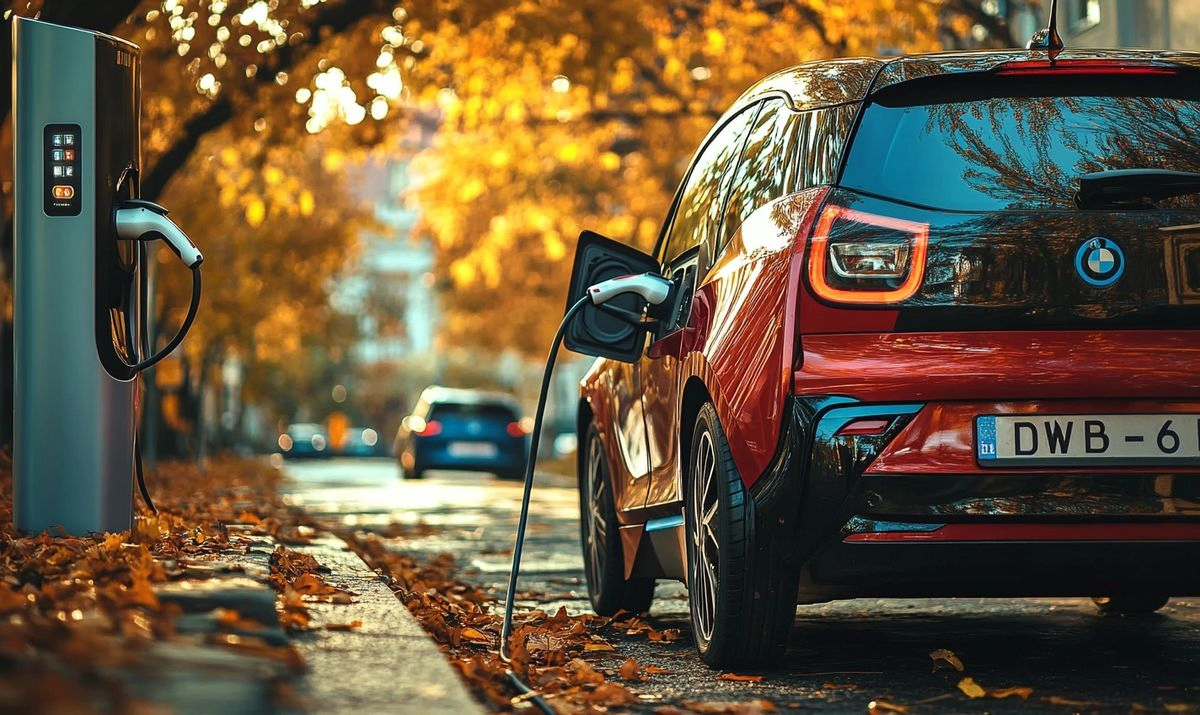
Government Policies and Incentives for EV Adoption
Let’s face it—switching to electric vehicles (EVs) can seem intimidating. But guess what? Government policies and incentives are paving the way, making the switch more accessible for all of us. It’s like having a well-lit path leading us into a brighter, cleaner future!
Why Do Policies Matter?
Consider government policies as your cheerleaders if you’ve ever needed a little nudge to try something new. They create frameworks that promote battery-electric vehicles (BEVs). Incentives like tax credits, rebates, and low-interest loans make it more affordable to drive an EV. And who wouldn’t want a deal, right?
Some Exciting Incentives to Explore
- Tax Credits: Many countries offer substantial federal tax credits for BEV buyers. These can significantly reduce your total cost!
- Local Rebates: Many states and cities offer cash incentives. You might be surprised at how much you can save.
- Reduced Registration Fees: Yup, fewer fees can also lighten your load!
Building the Future of BEVs Together
Have you noticed charging stations popping up everywhere? Many governments are investing heavily in charging infrastructure. They know a robust charging station network is crucial for the electric car’s future. It’s like building a bridge; if the road is easy, more people will cross!
Besides, which is more appealing: driving a sleek, silent electric car or dealing with gas prices? Hmm… it’s a no-brainer. The ease of charging at home or convenient stations makes going electric even more tempting.
The Bigger Picture
These policies and incentives aren’t just improving our wallets but also benefiting the environment. By encouraging the use of battery electric vehicles, governments are sending a clear message: “Let’s drive towards a cleaner, healthier planet!” As more folks adopt electric vehicle trends, the tech behind BEVs keeps expanding and innovating.
So, next time you think about going electric, remember all those perks waiting for you. The motivation is out there, whether it’s credits, rebates, or the joy of driving a cleaner car. The future of BEVs is bright, all thanks to these policies cheering us on!
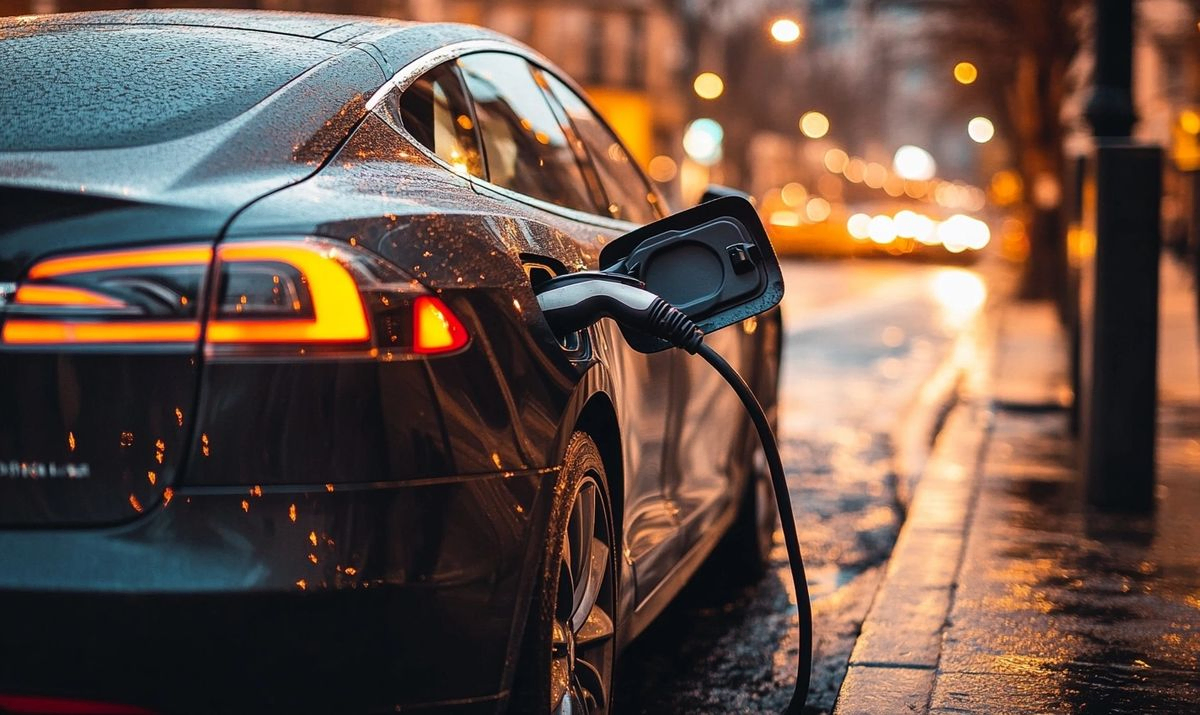
Challenges Facing the Growth of Electric Vehicles
The High Cost of Entry
Buying an electric vehicle (EV) sounds cool, right? But there’s a catch. The price tag can be a shocker! Many battery electric vehicles (BEVs) sit at a premium price. While prices are dropping, they often still carry a hefty cost compared to traditional cars. So, is the high price keeping you away from that sweet ride?
Charging Woes
Imagine being on a road trip and running low on juice. Finding a charging station can feel like looking for a needle in a haystack! Even though the charging infrastructure is growing, it’s still a challenge. How many times have you seen a packed charging station? No one likes to wait, especially when you want to hit the road and feel that freedom.
Range Anxiety
Ever worry about running out of battery mid-journey? That sinking feeling is what we call range anxiety. Most new electric vehicle trends work hard to ease this fear, but some drivers hesitate. It’s like sitting at the edge of a high diving board. You know you can jump, but the jump feels daunting!
The Battery Mystery
Let’s talk about BEV innovations. Batteries have come a long way, but issues around battery life remain. Many folks worry about battery replacements and disposal. Did you know batteries can degrade over time? It’s like that old toy from your childhood that doesn’t work anymore. Many people are asking, “What happens when my battery dies?”
Environmental Paradox
EVs are eco-friendly, but their production and energy sources can raise eyebrows. It’s a puzzling scenario: Are we genuinely saving the planet or just moving the problem? It’s like trying to sweep dirt under the rug. You can’t ignore it forever! People want the electric car future to be cleaner, and that’s more than just shiny new EVs.
Sum It Up
In summary, the path to widespread electric vehicle adoption isn’t smooth. The road is bumpy, from battery electric vehicles being pricey to issues surrounding charging and batteries. Things are changing every day! The future of BEVs looks promising, but we must tackle these challenges for the ride ahead to be smooth.
Conclusion
In conclusion, the future of BEVs looks incredibly promising as technological advancements continue to break barriers in the electric vehicle landscape. With the push towards sustainable transportation, electric vehicle trends are shifting rapidly, attracting the attention of automakers, consumers, and investors alike. The development of BEV innovations makes battery electric vehicles not only more accessible but also more efficient, paving the way for a greener tomorrow.
As we embrace this transition, we must consider how innovations in charging infrastructure, battery technology, and energy sources will revolutionize the electric car future. With more options on the market, consumers are encouraged to explore the benefits of switching to electric, from reduced emissions to lower operating costs.
Moreover, policymakers increasingly recognize the importance of supporting this shift towards battery electric vehicles, further propelling the industry’s growth. As we venture further into the age of electrification, it’s inspiring to think about the profound impact these vehicles could have on our daily lives and the environment. The journey towards a sustainable future powered by electric cars is just beginning, and it promises to be an exhilarating ride.